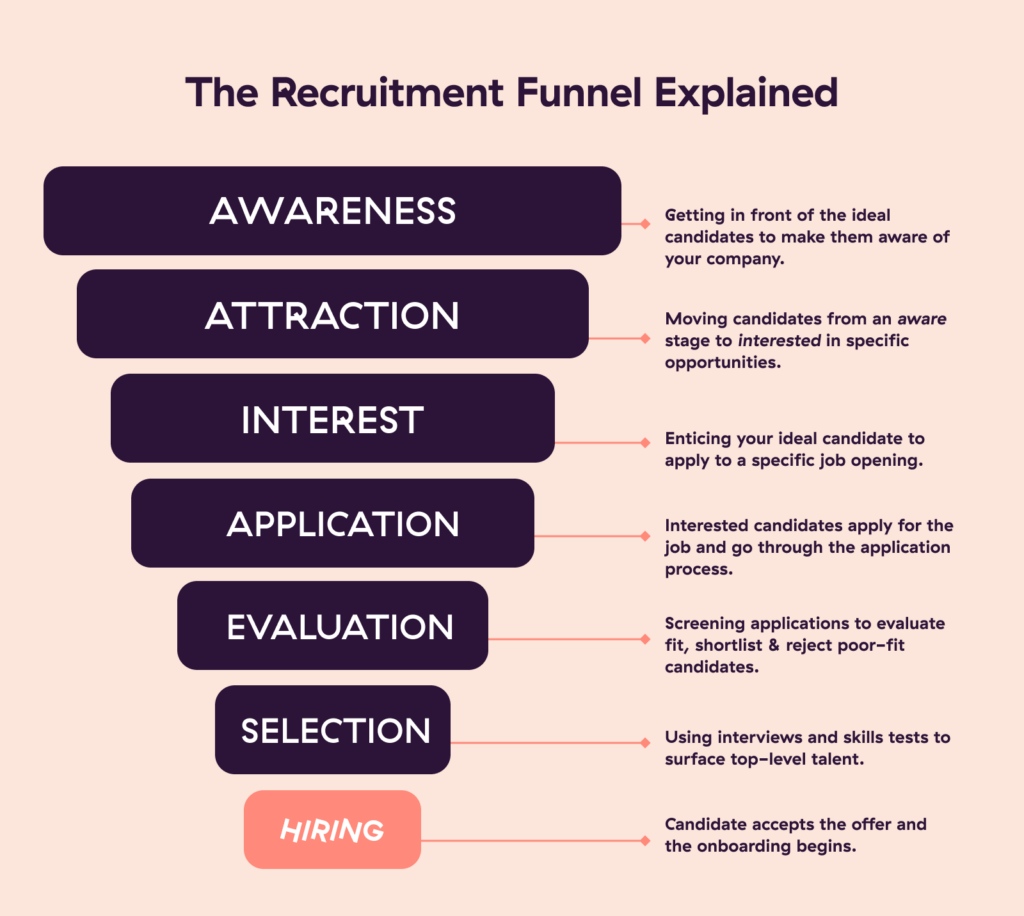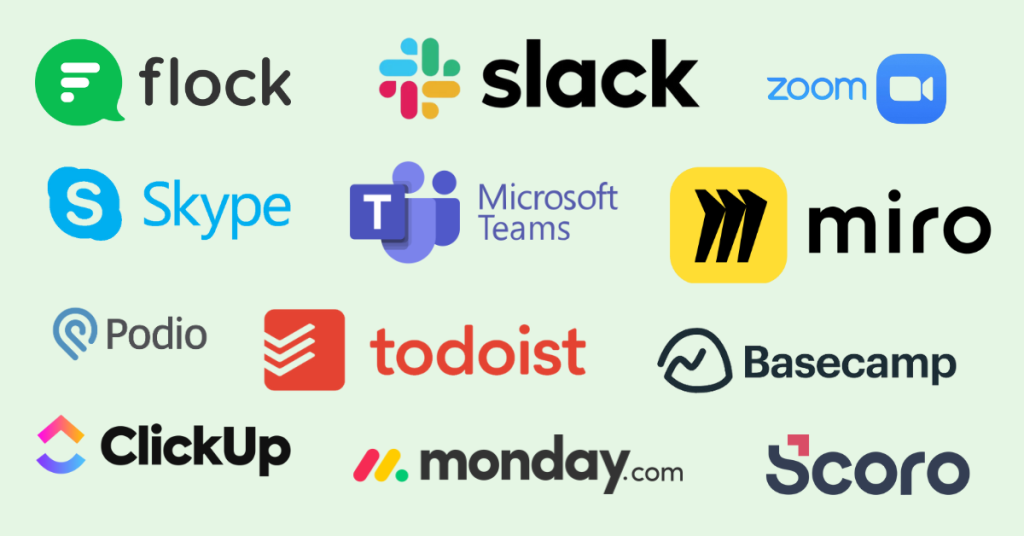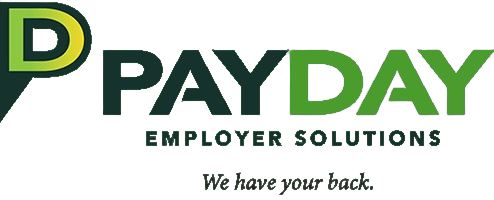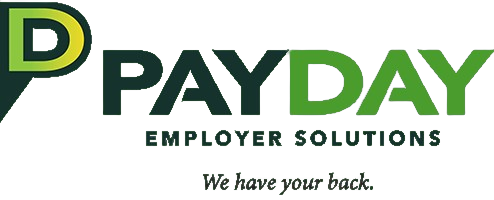Remote work has shifted from being a perk to becoming a core part of modern business strategy. With organizations hiring across time zones and employees working from homes, co-working hubs, or coffee shops worldwide, remote workforces have become the new standard.
But this rise comes with a big challenge: how can businesses optimize talent acquisition to find, hire, and retain the right people in a digital-first world?
What Are Remote Workforces?
At its simplest, a remote workforce is a team working outside a central office, relying on technology rather than geography to stay connected. But that’s just the surface.
There are several models:
- Hybrid teams split between in-office and remote
- Distributed teams spread across multiple cities or countries
- Fully virtual companies with no physical HQ
Technology is the glue: Slack replaces hallway chats, Zoom replaces meeting rooms, and project management platforms like Asana or Jira replace the whiteboard.
Why Optimizing Talent Acquisition is Essential

Hiring remotely introduces new layers of competition. Businesses aren’t just posting jobs locally anymore, they’re fighting for attention on a global stage.
When talent acquisition is optimized:
- Speed improves — digital pipelines help you connect with the right candidates faster
- Risk decreases — assessments, structured interviews, and AI screening minimize bad hires
- Retention increases — hiring for both skill and cultural fit prevents costly turnover
Remote hiring isn’t about filling a role. It’s about building long-term resilience. A poor hire is painful in any context, but in remote environments, miscommunication or cultural mismatch can derail entire teams.
Who Makes Up Remote Workforces?
Remote teams are as diverse as the companies building them. They often include:
- Freelancers & contractors – agile experts for short-term or specialized projects
- Full-time employees – long-term staff working from anywhere
- Cross-border hires – employees in different legal, cultural, and time frameworks
This mix can be a strategic advantage, bringing round-the-clock productivity and diverse perspectives. But without proper onboarding, compliance, and culture-building, it can quickly become overwhelming.
How Remote Workforces Function in Business

A remote workforce is only as strong as its systems. Unlike office environments where informal chats solve problems, remote teams require intentional strategies.
Key components include:
- Communication: Slack, Teams, Zoom, and Loom for async video updates
- Collaboration: Trello, Notion, and Jira to manage projects across time zones
- Policies: Clear documentation, transparent expectations, and outcome-based performance reviews
Managers must evolve from time-trackers to outcome-focused leaders. Micromanagement fails in remote settings. Instead, leaders need to create clarity, build trust, and measure results, not hours at a desk.
Identifying Remote-Ready Employees
Not every strong candidate will thrive in a remote-first environment. Beyond technical expertise, remote-ready employees typically demonstrate:
- Strong written and verbal communication – Clear, concise messaging is essential when you don’t have body language or office chatter to fill in the gaps. Candidates who write well-structured emails or give precise updates in video calls stand out.
- High self-discipline and accountability – Remote employees need to manage themselves without constant oversight. Look for people who take ownership of their results and can stick to goals without being micromanaged.
- Comfort with digital tools and troubleshooting – From Slack to Zoom to project management software, digital literacy is a must. Bonus points for candidates who can solve small tech issues themselves instead of relying heavily on IT.
- Excellent time management – In a home office, distractions multiply. The best remote employees know how to prioritize tasks, balance workloads, and respect deadlines across time zones.
Beyond CVs and interviews, use trial projects or role-based simulations. For example, give candidates a small async project with a deadline. This shows not only their skills but also how they communicate progress, manage time, and deliver outcomes.
HR’s Role: Preparing for Remote Workforces Talent Acquisition
For HR teams, building a remote-ready hiring pipeline means rethinking traditional recruitment. Key focus areas include:
- Job postings – Write roles that go beyond duties and emphasize flexibility, accountability, and digital collaboration. Include expectations like async communication, cross-cultural awareness, and comfort with remote tools.
- Recruitment tech – Leverage AI-driven applicant tracking systems (ATS), resume-screening tools, and structured video interview platforms. These streamline global hiring, cut bias, and help filter for candidates who align with company culture.
- Global compliance – Remote hiring means navigating labor laws, tax systems, and employment contracts across multiple countries. HR must work with global employment partners or Employer of Record (EOR) services to stay compliant.
- Onboarding – Replace the office tour with virtual onboarding kits, digital training modules, and mentorship programs. A strong first 90 days sets the tone for retention, especially in remote setups.
Culture at Scale: With no office “watercooler,” culture must be created with intention. Ideas include:
- Virtual team-building exercises
- Recognition programs for remote achievements
- Cross-time-zone “coffee chats” or rotating team buddy systems
- Gamified platforms where employees earn points for collaboration and knowledge sharing
Employee Preparation: How to Succeed in Remote Teams

Remote success isn’t automatic. Employees who thrive invest in preparation:
- Workspace setup – A dedicated area free from distractions, reliable high-speed internet, ergonomic furniture, and backup power options for countries with unstable electricity.
- Routine – Structured work hours, set breaks, and boundaries between personal and professional life. Tools like digital calendars or time-blocking apps help create consistency.
- Visibility – Proactive communication is key. Employees should share updates through team dashboards, participate in meetings, and make themselves “seen” without overloading colleagues.
- Soft skills – Adaptability, emotional intelligence, and cultural awareness matter. In diverse teams, employees must navigate different communication styles and work habits with patience and respect.
Remote work isn’t about lounging with a laptop on the sofa. It demands discipline, intentionality, and presence. Employees must shift from “showing up” to delivering results consistently.
The Win-Win: Why This Benefits Both Businesses & Employees
Remote work delivers powerful advantages for both sides of the equation:
For businesses:
- Access to a global talent pool – Companies can hire the best candidate for the role, not just the best within commuting distance. This diversity also sparks more creativity and innovation.
- Reduced real estate costs – Lower overheads on office space, utilities, and infrastructure free up budget for growth, R&D, or employee benefits.
- “Follow-the-sun” productivity – With teams across time zones, work can continue around the clock. Customer support can be truly global, and projects move faster without downtime.
For employees:
- Flexibility and work-life balance – Remote work allows employees to design a lifestyle that suits their family, health, and personal goals.
- Access to global employers – Workers can join companies in other countries without relocating, opening doors to career paths that were once out of reach.
- Career growth on an international stage – Exposure to global teams, diverse projects, and cross-cultural collaboration builds stronger resumes and broader skill sets.
Companies that optimize their hiring for remote work don’t just save money, they outperform competitors stuck in outdated office-first models.
The Future of Remote Talent Acquisition
Remote work isn’t a temporary fix. It’s the foundation of tomorrow’s workforce. Emerging trends include:
- Hybrid-first workplaces – Many businesses will blend the best of both worlds, offering flexible in-office and remote schedules to meet employee expectations.
- Digital nomad visas – Countries are now creating visas to attract global remote workers. This allows talent mobility and lets companies tap into skilled employees legally and easily.
- AI-driven recruitment tools – Expect smarter algorithms that match candidates not only on skill, but also on culture fit, communication style, and career goals. This will cut hiring time dramatically while boosting retention.
Future-proofing tip: Businesses that adapt now by investing in systems, compliance, and culture. Will build teams that are resilient, diverse, and competitive well into the next decade.
Beyond the Screen
Remote workforces aren’t a stopgap, they’re the future of work. But success doesn’t come from simply hiring globally; it comes from building systems where people thrive, businesses scale, and collaboration feels natural despite the miles between them.
Whether you’re an HR leader, a business owner, or a professional preparing for remote success, the time to optimize is now.
Ready to build your future-proof workforce? Contact us today.







